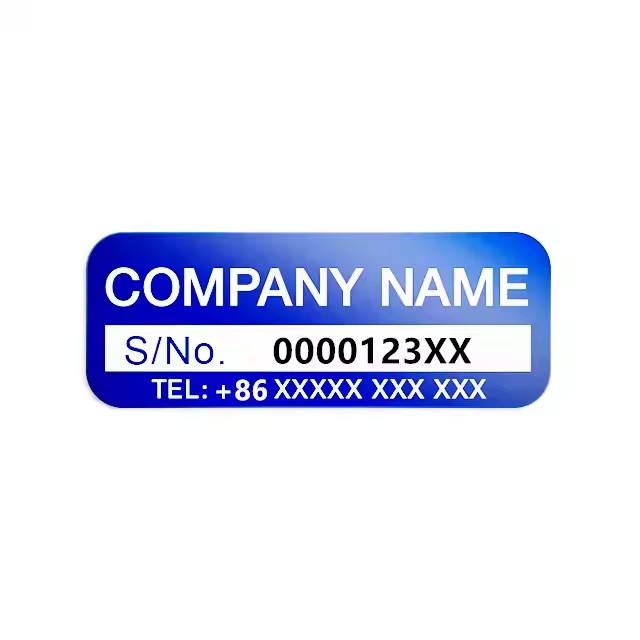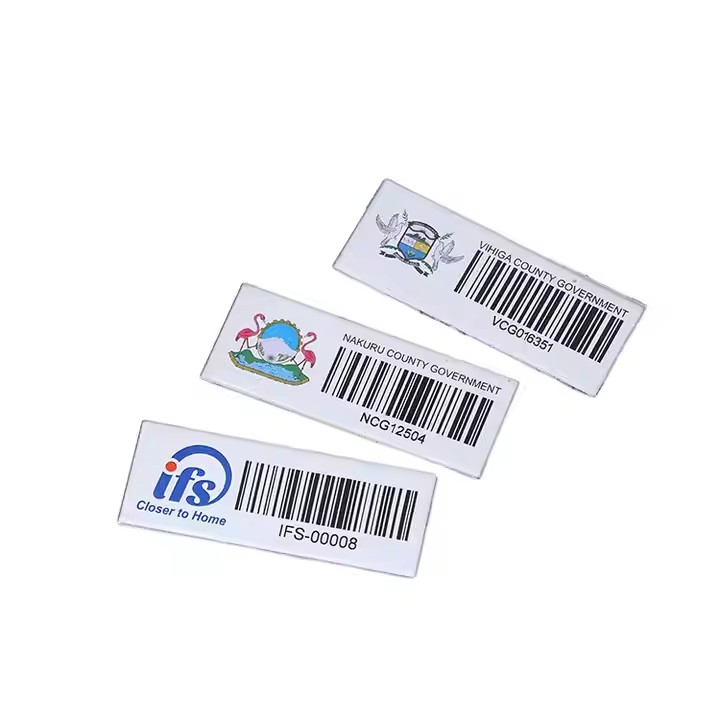How to Design a Metal Name Plate That Combines Function and Aesthetics

How Long Do Metal Name Plates Last? Key Factors That Affect Durability
16/10/2025
How Companies Build a Professional Brand Image Through Quality Name Plates
30/10/2025How to Design a Metal Name Plate That Combines Function and Aesthetics
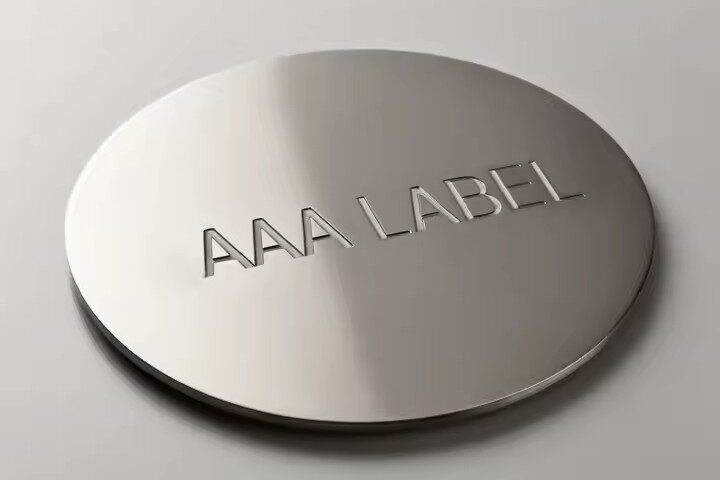
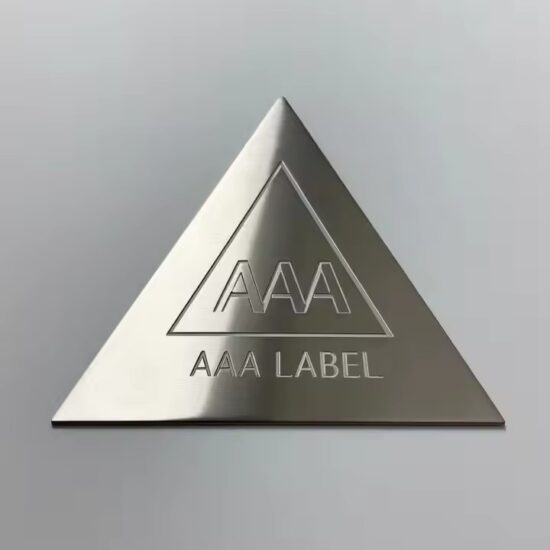
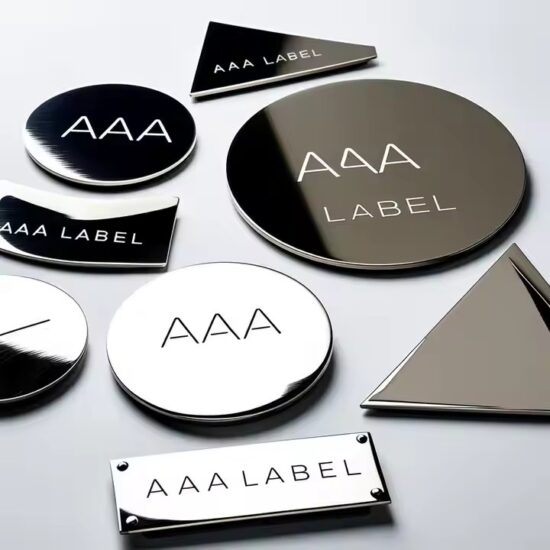
How to Design a Metal Name Plate That Combines Function and Aesthetics
A metal name plate doesn’t just serve a technical purpose—it can also communicate quality, branding, and attention to detail. Whether you’re labeling machinery, showcasing your logo, or creating a product tag, your design should strike a balance between functionality and visual appeal.
Here’s how to design a metal name plate that is both practical and visually impressive.
🔧 1. Define the Plate’s Core Function
Before choosing any design elements, clarify the plate’s purpose:
-
Identification: Includes model numbers, serial numbers, and asset IDs
-
Compliance: Contains regulatory marks (UL, CE, RoHS, etc.)
-
Branding: Displays company logos or product names
-
Safety/Warning: Highlights hazard symbols or instructions
💡 Tip: Prioritize readability and durability for safety and compliance plates. For branding, visual detail and finish become more important.
🧱 2. Choose the Right Material
Different materials offer different benefits for durability and appearance:
| Material | Characteristics | Best For |
|---|---|---|
| Stainless Steel | High-end, industrial, corrosion-resistant | Outdoor, harsh environments |
| Aluminum | Lightweight, anodizable, cost-effective | Branding, general equipment |
| Brass | Elegant, vintage feel, corrosion-resistant | Decorative, heritage branding |
| Copper | Warm tone, premium look | Luxury products, signage |
➡️ Choose based on application, brand tone, and expected environmental conditions.
🎨 3. Balance Typography and Legibility
Text should be both functional and stylistic:
-
Font Choice: Sans-serif fonts like Helvetica or Arial offer clean readability; stylized fonts can be used for branding
-
Font Size: Ensure all text is legible from intended viewing distance
-
Spacing: Adequate line spacing and margin ensure the design isn’t overcrowded
-
Contrast: Use dark text on a light metal background, or vice versa
💡 For permanent information, laser-engraved or etched fonts provide durability without compromising style.
🖼️ 4. Integrate Logo and Graphics Thoughtfully
-
Keep logos proportionate to the plate size
-
Avoid overuse of color unless UV or screen printing is being used with a protective topcoat
-
Position branding elements in corners or at the top for a clean hierarchy
-
Use vector graphics for precise engraving or printing
Minimal, well-placed graphics contribute to elegance and readability.
🧪 5. Select the Right Finish
Finish impacts both function and aesthetics:
| Finish Type | Description | Visual Style |
|---|---|---|
| Brushed | Matte with visible grain | Industrial, modern |
| Mirror-polished | Reflective, smooth surface | Premium, decorative |
| Anodized (Aluminum) | Colored and corrosion-resistant | Custom colors |
| Matte or Satin | Low-glare, soft texture | Subtle, refined look |
Consider fingerprint resistance and lighting conditions when choosing your finish.
⚙️ 6. Determine Mounting Options
Functional mounting affects usability and design continuity:
-
Screw holes – Industrial look, secure fit
-
Adhesive backing – Clean, modern appearance, easy install
-
Magnetic backing – Temporary applications
-
Studs or brackets – For signage or display
➡️ Choose mounting that suits both visual design and functional use.
🧩 7. Don’t Overcomplicate the Layout
A cluttered metal name plate is hard to read and visually unappealing.
-
Use clear information hierarchy (title > subtitle > body)
-
Keep text blocks aligned (left or center aligned depending on tone)
-
Avoid putting too much information in a small space
-
Leave enough margin/white space for clean visuals
Simple designs often look more professional and premium.
🏁 Conclusion
A well-designed metal name plate combines technical performance with strong aesthetics. By carefully selecting the right material, layout, typography, and finish, you can create a name plate that enhances both the usability and the perceived value of your product or equipment.
Whether you’re aiming for a rugged industrial tag or a sleek branded plate, thoughtful design ensures your name plate delivers in form and function.

